Welcome to the Danvers and Kolin Montana Picture Tour
The unincorporated town of Danvers Montana is best known for the Saint Wenceslaus Church. The iconic white clapboard church was built in 1916 to serve the small Czech railroad community 25 miles northwest of Lewistown, Montana. Danvers, today, consists of only a handful of buildings and even fewer residents. Diminished population in Danvers over the years caused the church to be retired from service in 2000.
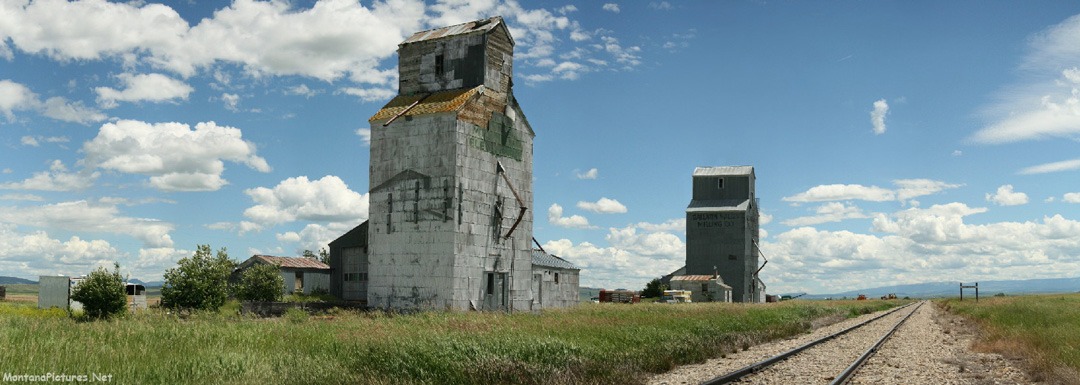
Welcome to The Kolin Montana Picture Tour
It’s ironic that I had to drive to the center of Montana to learn more about Montana and my family history. Take the tiny unincorporated town of Kolin, Montana for example. Why was this location named after a city in eastern Europe?
Before the homesteaders, Judith Basin was mostly occupied by sheep, cattle and horse ranchers. The cattle were herded to Fort Benton for sale, then shipped via Missouri River to the East. After the Great Northern Railroad completed their track across Montana in 1891, the nearest center for the farmers was Great Falls. When railroad tracks came to Stanford in 1910 it became a trading center for the ranchers as well as the central location for the pioneers of dry land farming.
Aggressive promotion of dry land farming by the railroad companies in Midwestern states and the Homestead Act of 1909 encouraged farmers to file a claim of 320 acres on lands classified as “dry farming” lands. To encourage the homesteaders even further, in 1912 the “prove up” period was also reduced from 5 years to 3 years. Between the years of 1909 and 1920, 157,000 first claim entries were filled in Montana.
Kolin Montana Is Born
Located about 20 miles west of Lewistown, the collection of buildings was once a train station along the Great Northern Railroad spur line that ran from Great Falls to Lewistown, Montana. The homesick and optimistic settlers in the area named the central Montana town after the Central Bohemian Region city of Kolin in the Czech Republic. We had to Google the city to learn Kolin (pop 31,000) is located on the Elbe River 35 miles east of Prague. Think western half of the former Czechoslovakia, south of Germany and Poland.
Czech and Bohemian settlers in Montana
Czech and Bohemia Jewish pioneers played an important part in the economic development of Montana beginning in the 1860’s. Prominent citizens in Helena, Montana made their money in Mercantile, Law, Real Estate and in the brewing business. You can still the former synagogue and Home of Peace Cemetery (established 1867) in Helena plus the Eaton Road Cemetery in Great Falls and the Beth Aaron Cemetery in Billings.

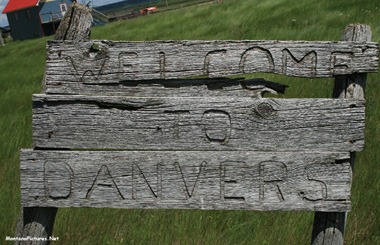
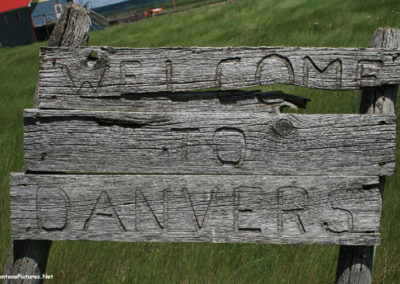
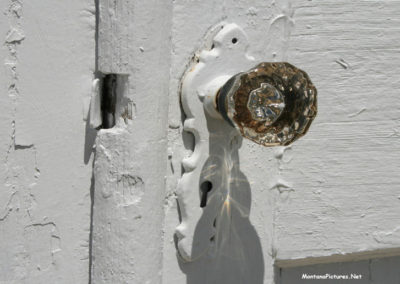
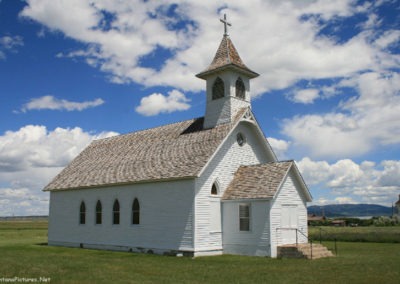
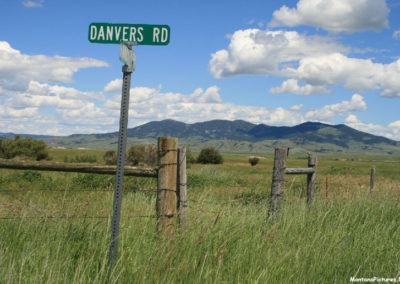
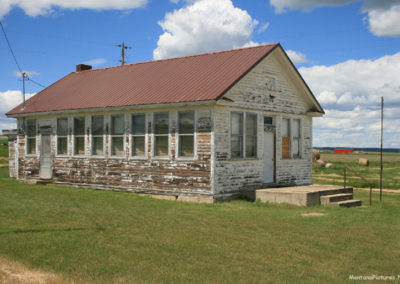
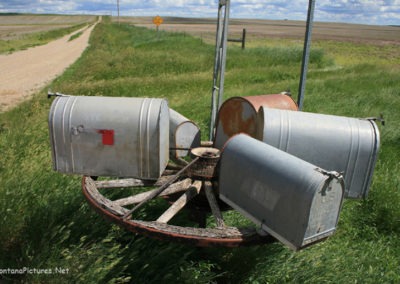
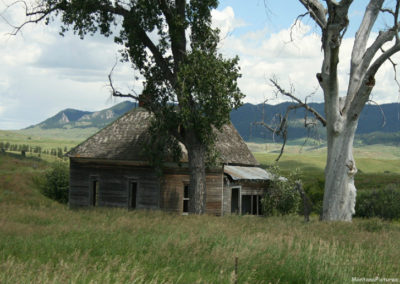
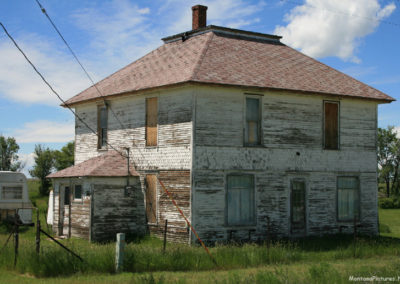
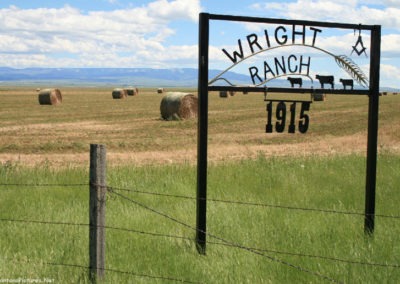
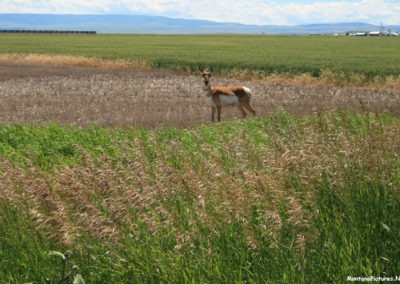
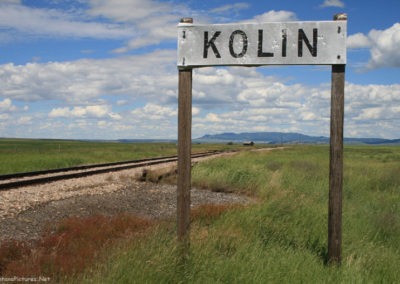
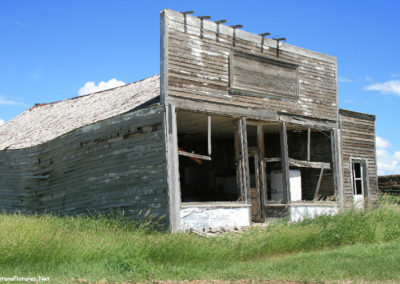
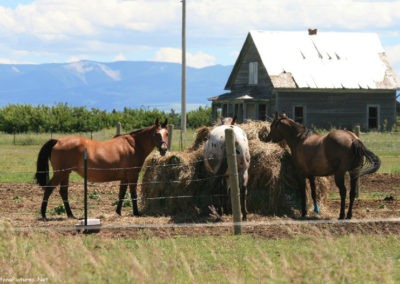
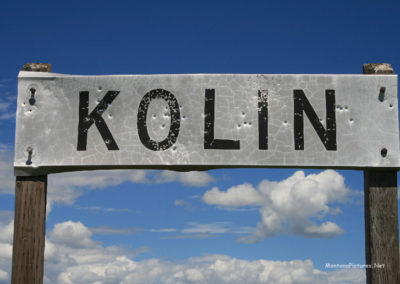
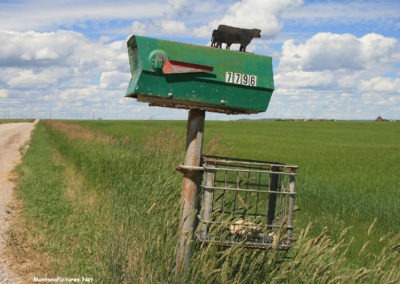
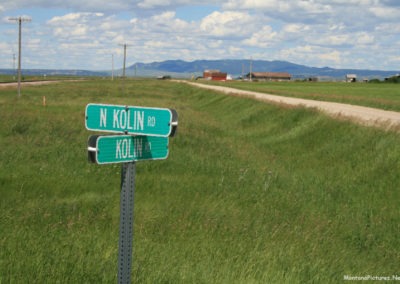
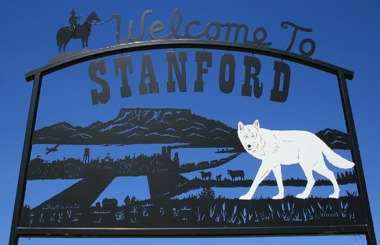
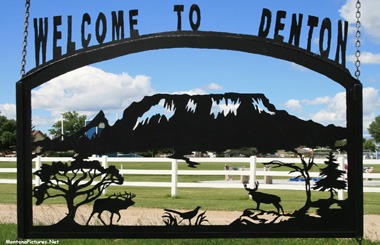
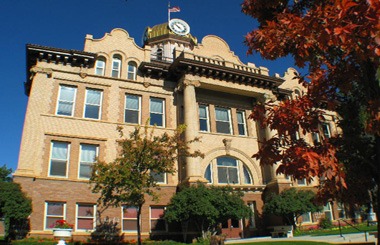
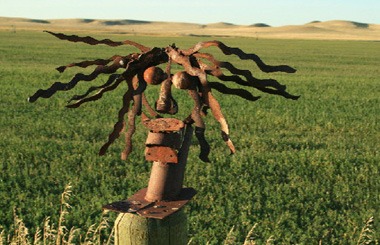
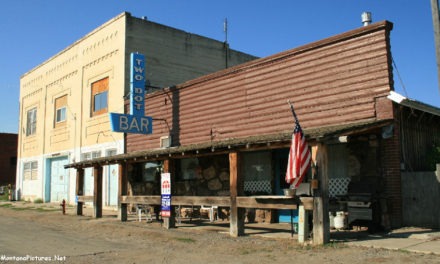
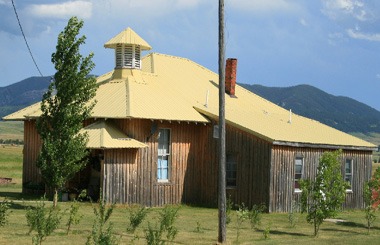
Thanks for highlighting my little corner of the world. My father homesteaded with his father west of Danvers in 1910; dad was only 2 years old then. Danvers had a very strong Bohemian population; but very strong Catholic. After losing the homestead during the depression, he moved to a small farm north west of Kolin in 1935. He still lived there when he died in 1996 at the age of 88. I still live on that farm, and suspect I always will-
Thank you Tom for the information about your family homesteading west of Danvers. Helpful comments like yours help
make the Montana landscape come alive with history.